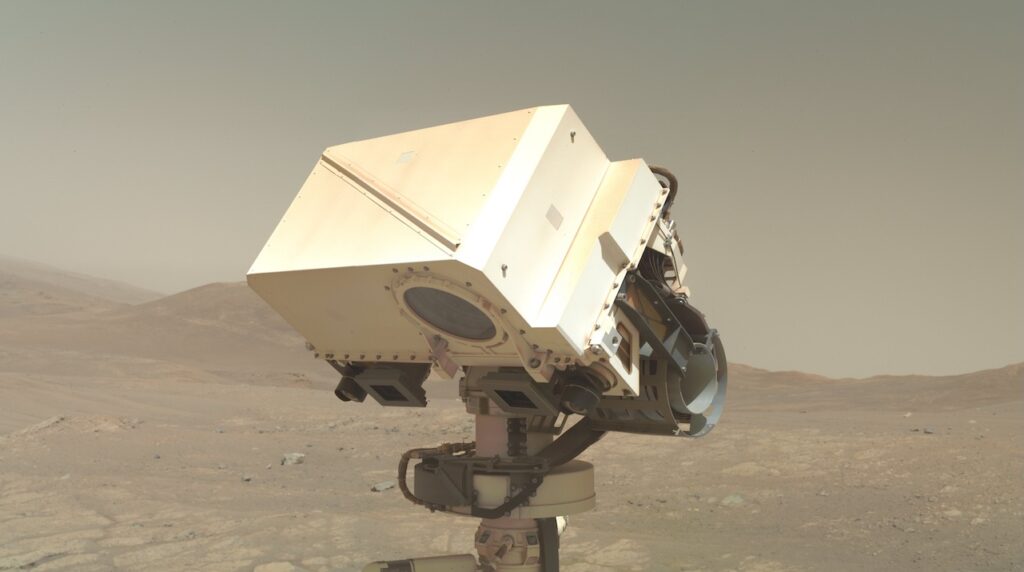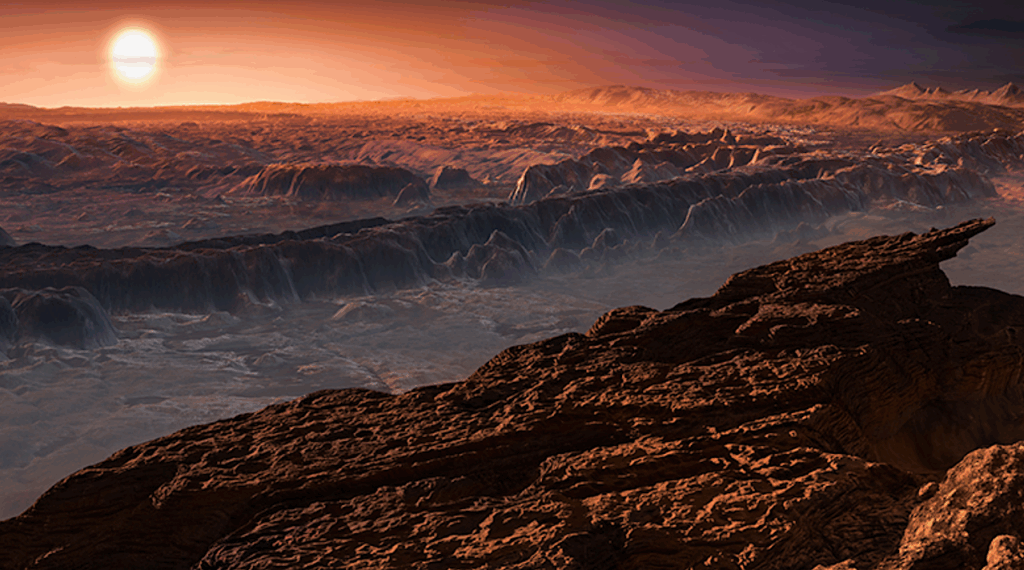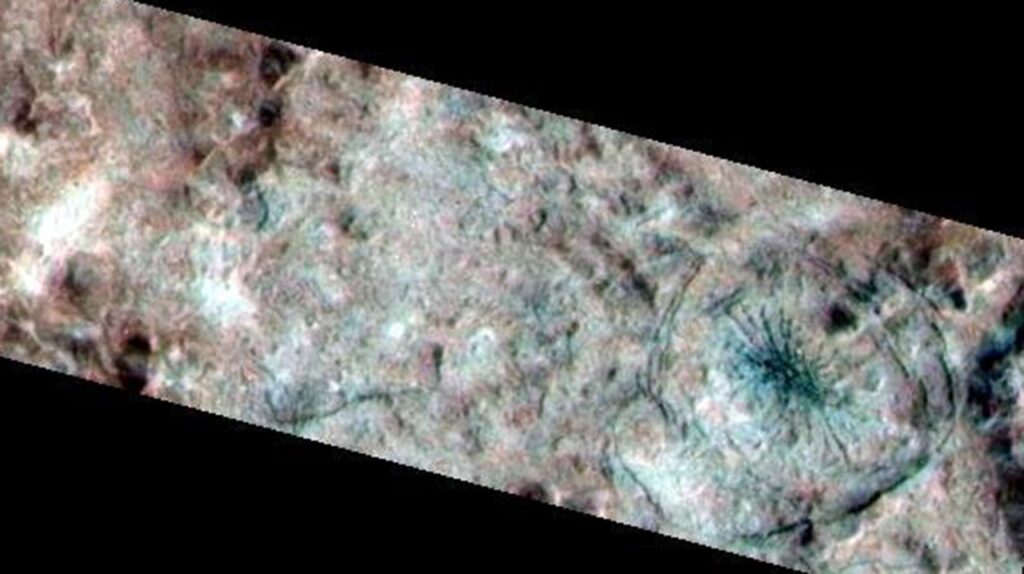NASA Policy Directive: NPD 8020.7G Biological Contamination Control for Outbound and Inbound Planetary Spacecraft

NPD 8020.7G
Effective Date: February 19, 1999
Expiration Date: February 19, 2018
Subject: Biological Contamination Control for Outbound and Inbound Planetary
Spacecraft (Revalidated 05/17/13 w/change 1)
Responsible Office: Science Mission Directorate
Chg# Date Description/Comments
1 05/17/2013 Update to comply with 1400 Compliance, with administrative changes, update applicable documents, and updated office titles.
NASA Policy Instruction-8020.7: NASA Policy on Planetary Protection Requirements for Human Extraterrestrial Missions
- POLICY
a. It is NASA’s policy to comply with planetary protection provisions in support of U.S. obligations under the 1967 Outer Space Treaty, which are founded on the following policy statement:
(1) The conduct of scientific investigations of possible extraterrestrial life forms, precursors, and remnants must not be jeopardized. In addition, the Earth must be protected from the potential hazard posed by extraterrestrial matter carried by a spacecraft returning from another planet or other extraterrestrial sources. Therefore, for certain space-mission/target-planet combinations, controls on organic and biological contamination carried by spacecraft shall be imposed in accordance with directives implementing this policy.
- APPLICABILITY
a. This directive applies to NASA Headquarters and NASA Centers, including Component Facilities and Technical and Service Support Centers, and to NASA contractors where specified by contract.
b. The provisions of this directive cover all space flight missions, robotic and human, which may intentionally or unintentionally carry Earth organisms and organic constituents to the planets or other solar system bodies, and any mission employing spacecraft which are intended to return to Earth and/or its biosphere from extraterrestrial targets of exploration.
c. In this NPR, all mandatory actions (i.e., requirements) are denoted by statements containing the term “shall.” The terms: “may” or “can” denote discretionary privilege or permission, “should” denotes a good practice and is recommended but not required, “will” denotes expected outcome, and “are/is” denotes descriptive material.
- AUTHORITY
42 U.S.C. 2473(c)(1), Section 203(c)(1) of the National Aeronautics and Space Act of 1958, as amended.
- APPLICABLE DOCUMENTS
a. Treaty on Principles Governing the Activities of States in the Exploration and Use of Outer Space, Including the Moon and Other Celestial Bodies (the “Outer Space Treaty”), October 19, 1967, Article IX.
b. NPD 8900.5, NASA Health and Medical Policy for Human Space Exploration.
c. NPR 8020.12, Planetary Protection Provisions for Robotic Extraterrestrial Missions.
- RESPONSIBILITY
a. The Associate Administrator for the Science Mission Directorate, or designee, is responsible for overall administration of NASA’s planetary protection policy. This includes the following:
(1) Maintaining the required activities in support of the planetary protection policy at NASA Headquarters.
(2) Assuring that the research and technology activities required to implement the planetary protection policy are conducted.
(3) Monitoring space flight missions as necessary to meet the requirements for planetary protection certification.
b. The Planetary Protection Officer shall be responsible for the following, as the designee of the SMD AA::
(1) Prescribing standards, procedures, and guidelines applicable to all NASA organizations, programs, and activities to achieve the policy objectives of this directive.
(2) Certifying to the Associate Administrator for the Science Mission Directorate and to the Administrator prior to launch; and (in the case of returning spacecraft) prior to the return phase of the mission, prior to the Earth entry, and again prior to approved release of returned materials, that–
(a) All measures have been taken to assure meeting NASA policy objectives as established in this directive and all implementing procedures and guidelines.
(b) The recommendations, of relevant regulatory agencies with respect to planetary protection have been considered, and pertinent statutory requirements have been fulfilled.
(c) The international obligations assessed by the Office of the General Counsel and the Office of External Relations have been met, and international implications have been considered.
(3) Conducting reviews, inspections, and evaluations of plans, facilities, equipment, personnel, procedures, and practices of NASA organizational elements and NASA contractors, to discharge the requirements of this directive.
(4) Keeping the Associate Administrator for the Science Mission Directorate informed of developments and taking actions as necessary to achieve conformance with applicable NASA policies, procedures, and guidelines.
c. The Associate Administrator for the Human Exploration and Operations Mission Directorate and the Associate Administrator for the Space Technology Mission Directorate, or designees, will ensure that applicable standards and procedures established under this policy, and detailed in subordinate implementing documents, are incorporated into human space flight missions. Any exceptions will be requested and justified to the Administrator through the Associate Administrator for the Science Mission Directorate.
d. Program Managers, through their respective Center Director, will be responsible for the following:
(1) Meeting the biological and organic contamination control requirements of this directive and its subordinate and implementing documents during the conduct of research, development, test, preflight, and operational activities.
(2) Providing for the conduct of reviews, inspections, and evaluations by the Planetary Protection Officer, pursuant to this directive.
- DELEGATION OF AUTHORITY
None.
- MEASUREMENTS/VERIFICATION
Specific constraints imposed on spacecraft involved in solar system exploration will depend on the nature of the mission and the identity of the target body or bodies. These constraints will take into account current scientific knowledge about the target bodies through recommendations from both internal and external advisory groups, but most notably from the Space Studies Board of the National Academy of Sciences. The most likely constraints on missions of concern will be a requirement to reduce the biological contamination of the spacecraft, coupled with constraints on spacecraft operating procedures, an inventory of organic constituents of the spacecraft and organic samples, and restrictions on the handling and methods by which extraterrestrial samples are returned to Earth. In the majority of missions, there will also be a requirement to document spacecraft flyby operations, spacecraft impact potential, and the location of landings or impact points of spacecraft on planetary surfaces or other bodies. Specific requirements (reviews, documentation, and levels of cleanliness) are detailed in implementing procedures and guidelines, primarily NPR 8020.12, “Planetary Protection Provisions for Robotic Extraterrestrial Missions” for robotic missions and the robotic component of human missions, and NPD 8900.5, NASA Health and Medical Policy for Human Space Exploration and relevant requirements documents for human missions, which will be used to measure adherence to this directive.
- CANCELLATION
NPD 8020.7G, Biological Contamination Control for Outbound and Inbound Planetary spacecraft, dated February 19, 1999.
REVALIDATED MAY 17, 2013, ORIGINAL SIGNED BY:
/s/ Daniel S. Goldin
Administrator
ATTACHMENT A: (TEXT)
None.
(URL for Graphic)
None.
DISTRIBUTION:
NODIS
Astrobiology








